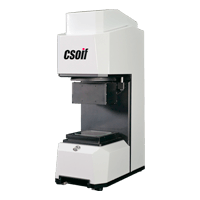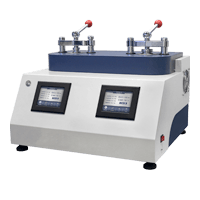What are the requirements of Shanghai optical microscope
(1) Appropriate thickness. This thickness enables high resolution in better optics and is compatible with the system’s depth of field. (2) Transparent enough. (3) Sufficient contrast can be formed on the basis of absorption difference. Almost all biological materials can be obtained by paraffin embedding, sectioning (or smearing), pasting, paraffin dissolution, clearing, etc. to meet the requirements of specimen thickness and transparency, and then a certain degree of contrast can be obtained by staining procedures. Biological and medical tissue sections commonly used by Olympus transmission light microscopes are usually 3-7 microns thick. In this thickness range, when viewed with a low power objective (eg, 10x), the depth of field is fully sufficient to observe the entire slice thickness; when viewed with a high magnification objective (eg, 100x), the depth of field is only a fraction of the slice thickness. Constant fine-tuning from top to bottom can give an overall impression of a slice. Therefore, a conventional section with a thickness of 5^-7um can be considered as a compromise between the ideal of low magnification and high magnification, both of which allow for better depth of field and resolution. At the same time, due to various reasons, this harmonic thickness also meets many requirements in practical work. , the fine structure of objects is not always first; second, in very thin (1-V25m) slices, the three-dimensional relationships of biological specimens are not visible. Conversely, there is a mutual benefit at different levels of the biological sample, in addition to a discernible loss of resolution, when sections of 8 to 10 um or greater thickness are used. Specimens of animal and plant material are sufficiently thin and transparent after fixation, embedding, sectioning, paraffin dissolution and clarification But the contrast is small, mainly because of refraction and diffraction. Clearly, this specimen is far from […]



























